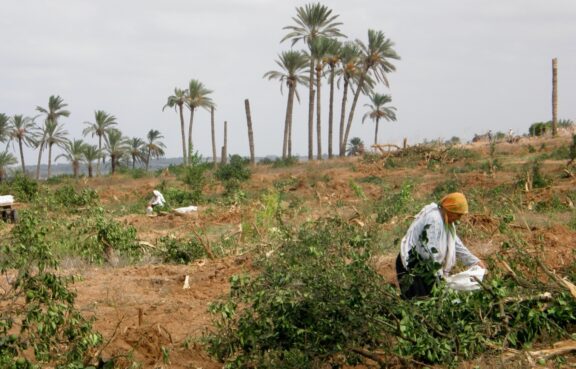If there is a direct historical antecedent to the attacks of October 7 and everything that has happened since, it is Israel’s sixteen-year blockade, which devastated Gaza and harmed a generation of Palestinians. I lived in Gaza City for six months between 2007-2008 while working with the Palestinian Center for Human Rights (PCHR). Gaza is never an easy place to travel to, but after Hamas took control of the tiny coastal territory in June 2007, the political situation was unusually tense. The human rights attorney Raji Sourani had told me over the phone that I was most welcome to join his team at PCHR—“if you can get here.”
Getting there was easier than expected. Officials at the Israeli embassy were incredulous when I called to ask about the process. “Gaza? Why do you want to go there?” Others simply hung up. But eventually I learned of an unofficial email account monitored by the Israeli army. I submitted a short form outlining my purpose in Gaza and (much to my surprise) they gave me permission to enter just a few weeks later. I boarded a flight to Tel Aviv, took a train south to Ashkelon, and a taxi from there to the armistice line.
Few international journalists or aid workers remained in Gaza, and I was the only one at the brand new Erez Crossing terminal that morning. On the opposite side of the glass security booths, I observed several young women in military uniform laughing together. Their smiles vanished as I approached. “It is very dangerous in Gaza,” one of them warned as she stamped my passport.
After passing through a maze of gates, I dragged my suitcase about a kilometer across the buffer zone—a vast wasteland of broken concrete that Israel created during the Second Intifada by razing the Palestinian communities abutting the border. A surveillance blimp hovered high above. Behind me, a loudspeaker barked orders in Hebrew, Arabic, and English: “Do not stop walking.”
When I reached a cluster of cars waiting on the other side of the buffer zone, a bald man in jeans and a blue blazer approached. It was Raji Sourani, director of PCHR. “Welcome to Gaza,” he said, grinning as he shook my hand. “Welcome to the zoo.”
PCHR had arranged for to me to stay in a large flat located in the upscale Rimal quarter (quite different from the conditions in the nearby Shejaiya and al-Shati refugee camps). The owner of the building welcomed me with a platter of homemade knafeh. Sheltered from the clamor of Omar al-Mukhtar Street just a few blocks away, it was a lovely spot. Pink bougainvillea over-canopied the tranquil streets near al-Aqsa University and I awoke each morning to the plangent tones of the muezzin calling Gaza to prayer. Because of the high concentration of civil society workers living in Rimal, Israel has usually avoided striking the area in previous assaults. No longer. Today, my old neighborhood has been reduced to rubble.
Though my flat was just a short walk from PCHR’s offices, I always took a cab to work. Earlier that year, the BBC correspondent Alan Johnston had been kidnapped and held hostage by a fringe Islamist group for three months. I viewed his safe release as a good omen, but still tried to avoid drawing unnecessary attention. My colleagues joked that being kidnapped in Gaza just meant talking politics with your captors over tea for a few days before being released. After all, it was not Palestinians but the Israeli army that killed international peace activists like Rachel Corrie and James Miller. (Sadly, the 2011 murder of Vittorio Arrigoni by Palestinian Salafist extremists broke the trend.) This was not exactly comforting.
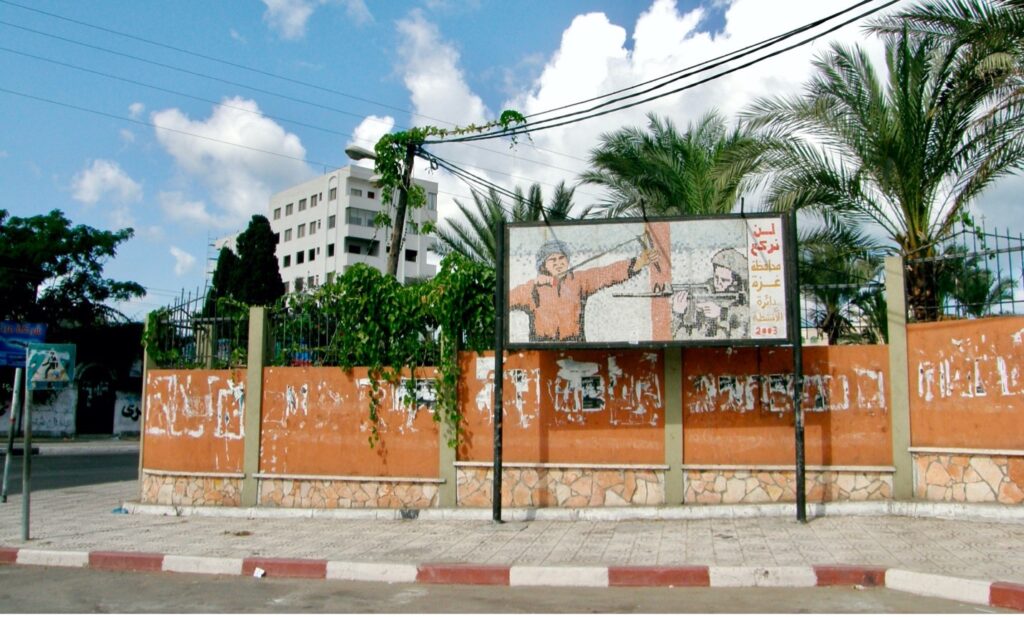
Dinner conversation in the seaside courtyard of the al-Deira Hotel (now sadly destroyed) frequently centered on one topic: the blockade. Israel had subjected Gaza to “closure” in the past, but the blockade made it permanent. Israel tightly restricted the entry and exit of all goods. In most cases, Gazans were completely barred from travel outside the Strip. That September, Israel declared Gaza a “hostile entity” and further tightened the restrictions. Gaza was cut off from the world. The blockade ushered in a distinct phase in Israel’s long history of domination and control.
In 2005, Israeli Prime Minister Ariel Sharon unilaterally “disengaged” from the Gaza Strip. Twenty-one illegal Jewish settlements in Gaza were dismantled as a part of this process. With the withdrawal of 3,000 troops to the other side of the border, Israel’s direct occupation, which began in 1967, came to an end. But, Israeli claims notwithstanding, the occupation of Gaza did not end. It was merely reorganized.
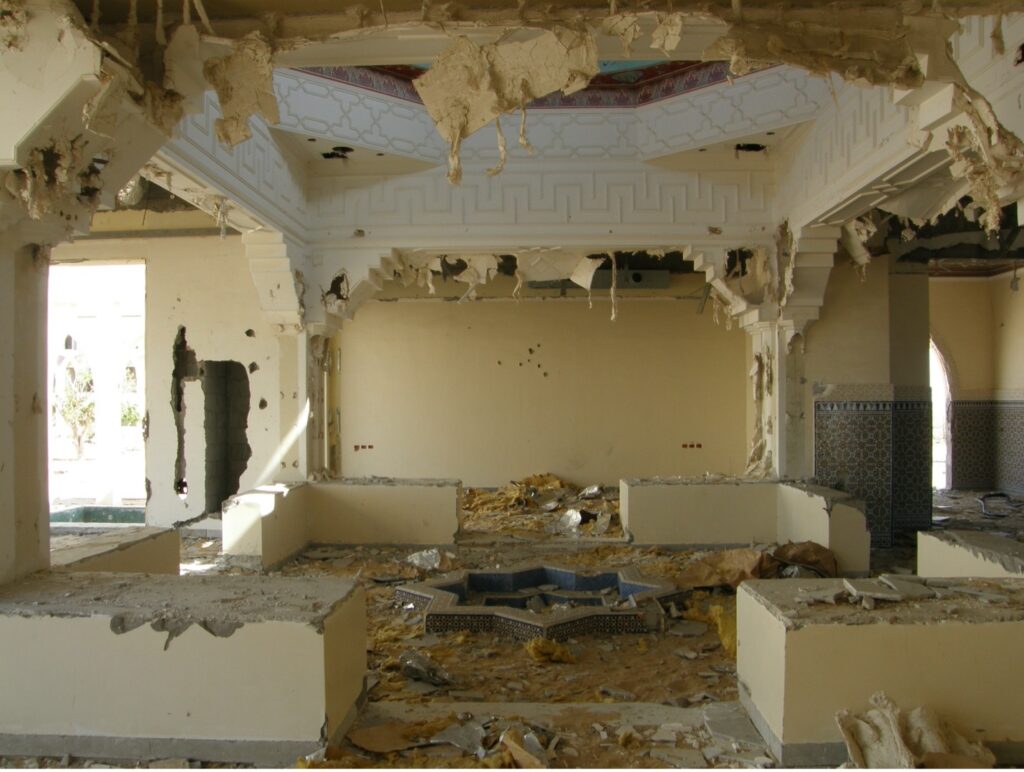
Figure 2: Yasser Arafat International Airport, destroyed by Israel in 2001.
Under international law, military occupation does not require a direct presence within a territory, but merely “effective control.” Gaza is tiny and Israel easily met this standard before the blockade simply by controlling most of Gaza’s borders (Egypt controls the southern border), its airspace, and coastal waters. Israeli drones fly overhead and the navy routinely fires on Palestinian fishermen who stray too far from shore.
In January 2006, just months after disengagement, Hamas won a majority of seats in the Palestinian parliamentary elections. Both Israel and the US refused to recognize a Palestinian governing coalition that included Hamas and immediately took steps to sideline the group. These efforts culminated in a US-backed coup attempt in June 2007 (the so-called Battle of Gaza), which Hamas successfully defeated before taking full control of Gaza. In response, Israel imposed the blockade, a form of collective punishment directed against the entire population.
By design, the blockade made everything much worse. Dov Weisglass, an advisor to Prime Minister Ehud Olmert, explained that Israeli policy was designed “to put the Palestinians on a diet, but not to make them die of hunger.” Calculations were made to allow just enough food into Gaza so that daily caloric intake would not fall below some minimum threshold—just enough to sustain life without drawing international attention. Thanks to leaked documents, we know that Israeli leaders intended to keep Gaza’s economy on the “brink of collapse.” Gazan exports ceased. The once-thriving citrus, strawberry, and date industries withered.
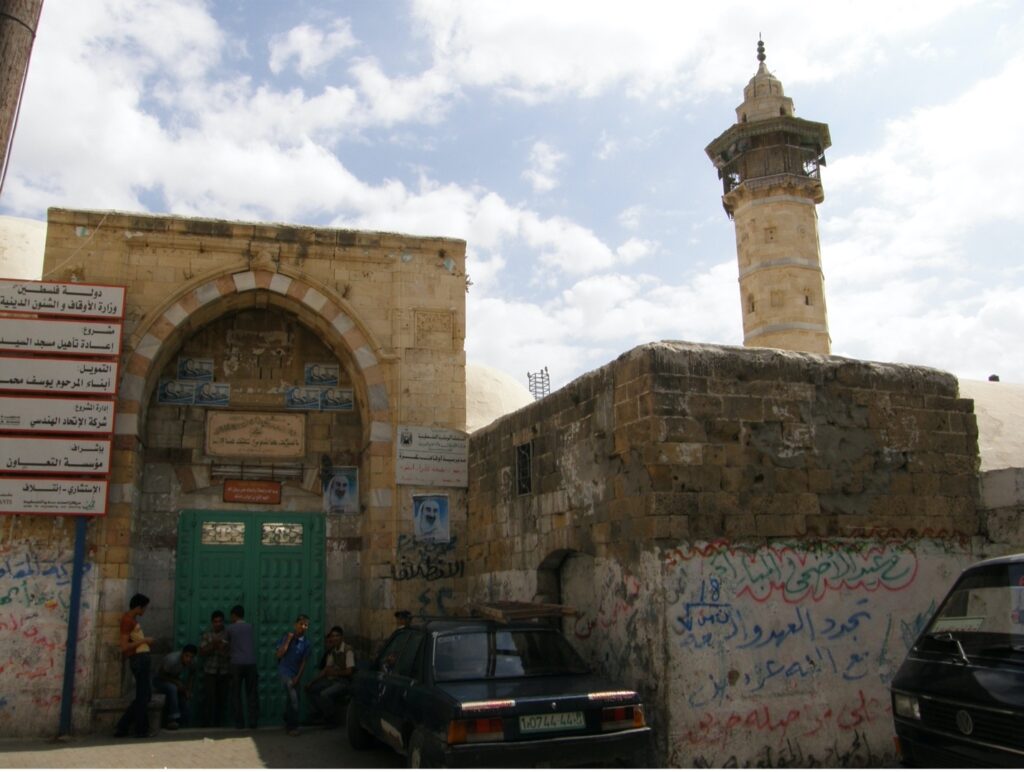
The shelves of Gaza’s markets served as a crude barometer of permissible goods, which were constantly changing under the blockade. Permitted items one week might include flour, sugar, chickpeas, cleaning products, etc., while apparently innocuous items like cumin, writing paper, rope, chocolate, sewing machines, fishing nets, would be forbidden. Outrageously, diapers were allowed one week; the next they were not. My colleagues at PCHR speculated that the seemingly arbitrary restrictions were designed to make life in Gaza totally unpredictable. For most of Gaza’s population, apart from smugglers serving the black market, the blockade deepened their misery, deepened their poverty, and absolutely deepened their resentment towards Israel.
Israel has long controlled much of Gaza’s access to electricity, but blackouts became longer and more frequent under the blockade. I spent countless evenings reading by candlelight. Sometimes during these power outages, I would wander Rimal’s unlit streets, the night air redolent with the smell of burning garbage. Once, while attending an improbably festive UN event atop their downtown compound, I recall looking out across Gaza City, nearly invisible in the blackout darkness. The only light to be seen came from a series of campfires flickering in the streets below—an unsettling post-apocalyptic vision. Further down the coast, I could make out the shimmering lights of Tel Aviv.
Gaza’s hospitals frequently run low on basic medical supplies under the blockade, which means that some illnesses cannot be effectively treated in Gaza. When Israel shuts off the power, generators pick up the slack. But when fuel runs low, critical equipment like incubators, kidney dialysis machines, and respirators cannot function. On a tour of al-Shifa Hospital, I witnessed medical staff taking shifts to manually operate a patient’s respirator.
As a result of Israel’s travel restrictions, Palestinian students, artists, athletes, and professionals are unable to participate in international opportunities of all kinds. They are trapped. I wrote countless appeals to diplomats and embassies on behalf of the hundreds of Palestinian students admitted to international universities but who were unable to leave Gaza. In one of these cases, Secretary of State Condoleezza Rice unsuccessfully attempted to intervene on behalf of seven Fulbright winners from Gaza who had been invited to study in the United States. Ultimately, Israel refused to allow three of them to leave and the State Department reneged on the offer. When people describe Gaza as an “open-air prison,” it is this inability to travel that they have in mind.
Even Raji was unable to attend numerous international conferences for want of a permit. After the US embassy got involved, he was eventually able to travel to Jordan from Erez on one condition: he would not be allowed to set foot on Israeli soil and would have to be shuttled the entire way by embassy staff. I didn’t get to say goodbye to Raji; he received notification late one night and was gone the next day. This past October, Raji was forced to flee with his family after Israel bombed his home. Almost everyone I know in Gaza has lost friends and loved ones to Israeli bombing in recent weeks.
The blockade limited Palestinian travel through the Erez Crossing for all but “exceptional humanitarian circumstances.” Desperate families would ask us to contact someone, anyone, who might persuade Israel to allow a family member to receive cancer treatment abroad. The World Health Organization (WHO) estimates that Israel has denied or delayed around 30% of medical permit requests since the blockade came into effect. For the dozen or so cases in which I was involved, Israel never once approved such a request. Half of Palestinians with cancer receive no treatment at all and, according to the WHO, as many as 839 Palestinians died between 2008-2022 while waiting for a response to their permit requests. In a widely reported incident, a Palestinian woman with cancer refused to answer questions about a family member’s political affiliations and was reportedly told by Israeli border security to “Go back and die in Gaza”—which she did. Recruiting sick Palestinians as collaborators by dangling the promise of a medical permit remains standard practice today.
During the Nakba of 1948, when Zionist militias forced 750,000 Palestinians from what is now the state of Israel, many villagers in the surrounding communities fled to Gaza, where they were subsequently trapped. After the war, Israel violently prevented Palestinians from returning to their villages. One of my colleagues, Jabr Wishah, was born in Gaza two years after his parents were expelled from the village of Beit ‘Affa. As a young man, Jabr joined the armed national resistance struggle and became a prominent leader of the Popular Front for the Liberation of Palestine (PFLP). “When Jabr snapped his fingers,” I was told, “all of Gaza would shut down.” In 1985, he was arrested and handed a life sentence by an Israeli military judge. He spent almost 15 years in Israeli prisons before being released to an altered political landscape. Today, he views his work with PCHR as another kind of resistance.
About 74% of Gaza’s population are registered refugees or their descendants (1.4 million people), which entitles them to aid provided by UNRWA. But for the 26% whose families already lived in Gaza prior to 1948, access to aid is more difficult. They must figure out alternative means to survive. On one trip, I met some of these families in the al-Mawassi area, west of Khan Younis, among the poorest communities in Gaza. They were struggling to keep food in their children’s mouths—and yet they offered us lentil stew, hummus and pita bread, fresh figs and dates. And always: tea and coffee, staples of Palestinian hospitality. How does one accept food from families with obviously malnourished children? I still get emotional thinking about it. To refuse would have been an insult and so I usually took one or two mouthfuls, complimented the cooking, and said that I was full.
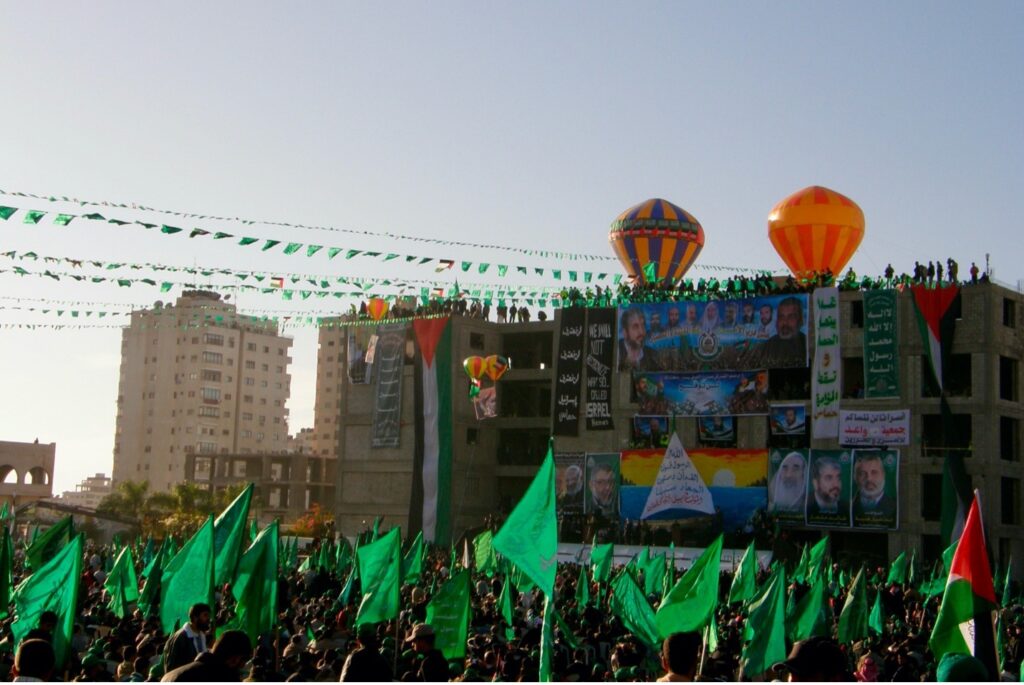
Once, while crossing into Israel to renew my visa, I found myself waiting at the border with a Canadian-Palestinian family who had been visiting relatives in Gaza and a woman seeking medical treatment in Jordan. Our small talk was violently interrupted by a series of explosions to the east. We could see a handful of rockets spiraling upwards into the sky and over the armistice line into Israel. A few minutes later, automatic machine gunfire opened from the Israeli side followed by an enormous explosion near the launch site. The children began to scream inconsolably. Never have I felt such total and brute fear. Confined within the crossing gates on the Gaza side, we were completely exposed and unprotected. To our great relief, the Israelis did not turn us back and eventually allowed us to cross without much delay.
I lived in Gaza at a time of relative calm. It was bad, but I could not imagine how much worse things would get. Israel’s practice of extrajudicial assassination was the main concern. After the blockade was implemented, Palestinian factions launched rockets into Israel on a near-daily basis and Israel would periodically target a low-level leader for assassination (occasionally killing civilians as well). I grew oddly accustomed to the sounds of artillery and automatic gunfire, utterly tame in comparison to what Israel is currently inflicting upon Gaza. Yet every night, as I lay in bed trying to sleep, one thought predominated: What if they accidentally hit my building? What if this is where I die? I had never thought so often about mortality.
My fears of perishing in an accidental strike were only exacerbated on a trip to Beit Hanoun in the Northern Gaza Strip. A colleague wanted to show me where, in 2006, Israel had shelled his family apartment complex, killing 18 members of the Al-Athamna family, including seven children. At the time, Israel formally apologized, expressing “deep sorrow and regret” over the killings, which it said were accidental. But when the United Nations appointed a fact-finding commission led by Desmond Tutu to investigate the shelling, Israel refused to cooperate and nothing more was done.
As we wandered amidst the ruins of the building, among family belongings still half-buried in the rubble, my friend struggled to control himself. “What did they ever do to Israel?” They had been killed less than a year before. He fell to his knees and wept. But we didn’t linger. Someone texted us to say that Israeli bulldozers were entering Gaza not far from Beit Hanoun. Then as now, Israel routinely violates Gaza’s border for its own military objectives and so we hastily withdrew. The next day we returned to discover what the army had been up to: it had bulldozed an orange grove for allegedly providing cover for militants. A group of women were attempting to salvage whatever fruit they could collect from the ruins of their grove.
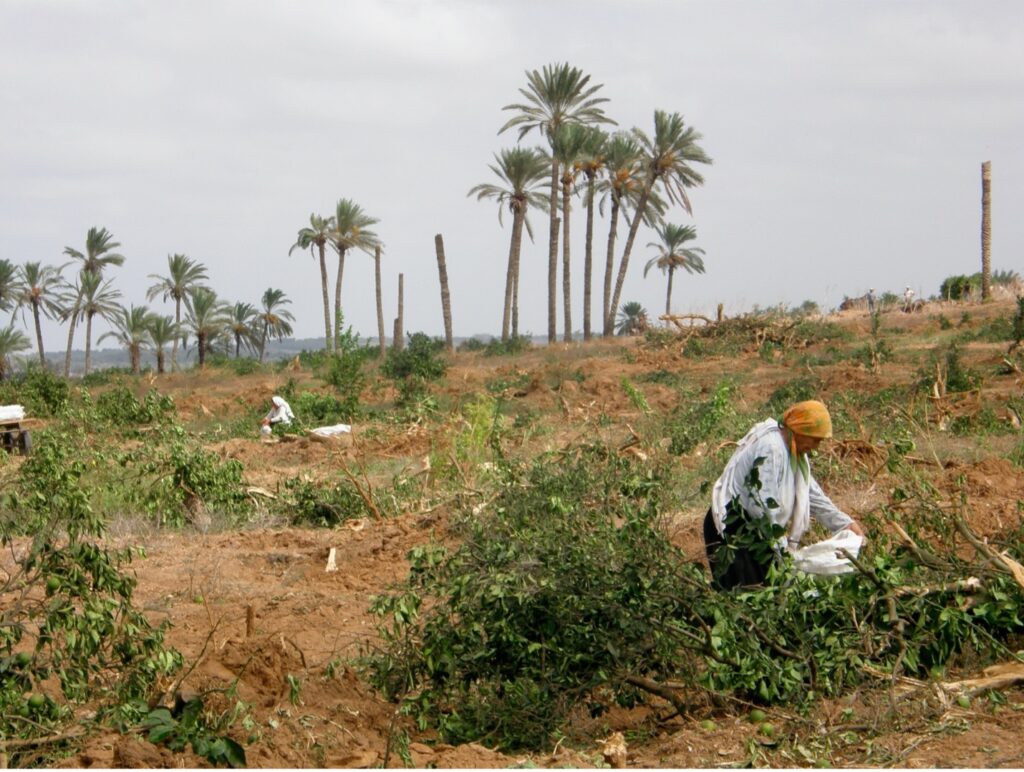
Thinking back on this now as Gaza suffers unprecedented death and destruction, the 2006 shelling of Beit Hanoun feels like so many massacres ago. Just a few months after I left Gaza in 2008, Israel would launch what was then the bloodiest attack in the history of the conflict (Operation Cast Lead), killing 1,400 Palestinians in just a few days. At the time, the Israeli historian Avi Shlaim wrote that “Israel’s entire record is one of unbridled and unremitting brutality towards the inhabitants of Gaza.” Yet this was a mere preview. Cast Lead opened the way to a new era of mass murder in Gaza—“mowing the grass,” to use the troubling language of Israeli leaders. In 2014, Operation Protective Edge killed 2,250+. When nonviolent protesters marched at the border in 2018-2019, Israel gunned them down in cold blood, killing 220+ and injuring thousands. In its insatiable cruelty, Israel’s current rampage surpasses everything that came before. As I write, at least 28,000 Palestinians have been killed in Gaza, mostly women and children. The killing of entire families en masse has become routine. So extensive is Gaza’s destruction that it is visible from outer space. Many of the places I knew have been completed effaced.
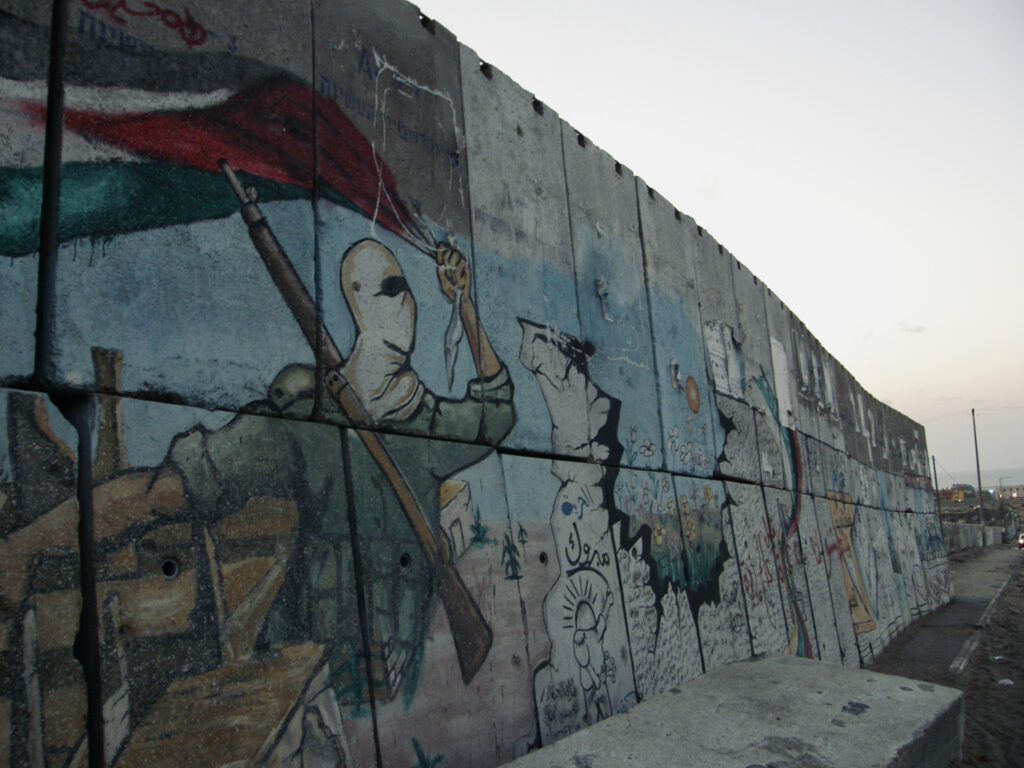
When I left Gaza in early 2008, I traveled by taxi to Ashkelon, a modern Israeli town built on the ruins of Majdal, a Palestinian village depopulated by Zionist forces in 1948. Watching the countryside change from the window, one is overwhelmed by the sheer inhumanity of the situation. In a span of just a few miles, squalor and desolation give way to tidy streets, maintained fields, and modern infrastructure. Israelis and Gazzawis are neighbors who inhabit totally different worlds—one free, one subject—a separation imposed by the twisted logic of occupation.
For seventy-six years, Israel has convinced itself that higher walls, tighter restrictions, and endlessly sophisticated military hardware are adequate substitutes for Palestinian freedom. This was always an illusion. Israel’s security—still less its freedom—cannot be predicated on Gaza’s perpetual insecurity and unfreedom. The occupation will end. Gaza will be rebuilt, its fields and gardens restored. There will be parks, museums, and monuments dedicated to preserving the memory of the martyrs. And though I am frightened at what I will find there, I hope to return one day to a free Gaza. I wish to meet the children and the grandchildren of my friends, to see them flourish, and to learn the secret (as Kanafani believed Gaza to possess) of “what life is and what existence is worth.”
All photographs by author.


